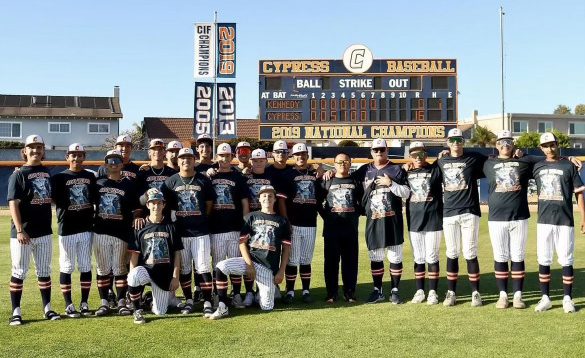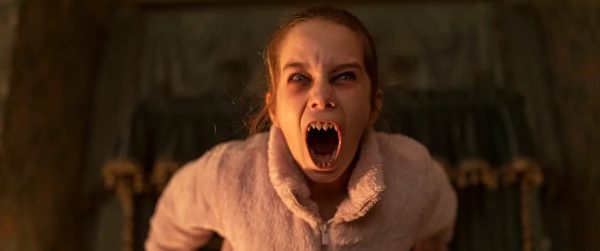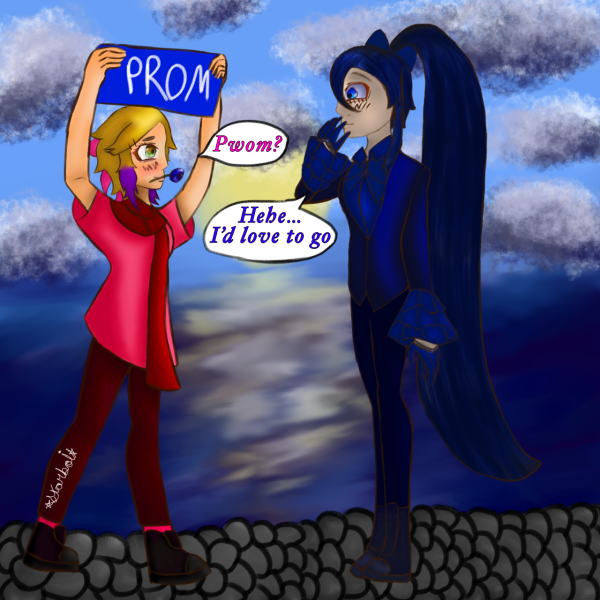The Devil All The Time
October 21, 2020
The Charlie Daniels Band might have convinced listeners that the Devil went down to Georgia, but Antonio Campos’ 2020 film adaptation of The Devil All The Time shows audiences that he went up north instead, to Knockemstiff, Ohio. Though the Devil doesn’t truly make an appearance in this film, the sins committed by the inhabitants of Knockemstiff are devilish indeed, and this quiet, backwoods town has become home to countless evil deeds and people. All roads lead back to the Russells, a pious family who seem to have unwittingly put themselves at the center of the town’s conflict. Tom Holland plays Arvin Russell, the son of Willard Russell, who is played by Bill Skarsgård of IT fame. The film, despite its genuinely compelling performances, cinematography, and sound, is a flawed product overall.
Tying together three different stories is certainly a difficult task, and requires very skilled implementation that the film simply lacks. The result is a disjointed, violent melodrama that seeks to portray evil as something beyond human comprehension, something that truly comes from the Devil.
The film has three interconnected stories centering on the Russell family. The film’s central plot revolves around members of the Russell family, specifically Willard and Arvin Russell. Willard is a traumatized World War II veteran who has settled in Knockemstiff, Ohio after falling for a waitress named Charlotte. As time goes on, Charlotte’s health fails and she dies, with Willard committing suicide soon after. With Willard dead, the perspective shifts to an older Arvin, now living with his grandmother and adoptive sister, Lenora (Eliza Scanlen). He has become a mirror image of his father in far more ways than one. Arvin is a good man who seeks to protect his family, but he struggles against the violent tendencies instilled in him by Willard. This internal conflict comes to a head when the “false preacher” Reverend Teagarden (Robert Pattinson), manipulates and indirectly causes the death of Lenora. Arvin uses violence to avenge Lenora’s death, killing Teagarden and fleeing from his chapel.
This is where the other two stories come in. After Teagarden’s death, Arvin meets two characters introduced earlier in the film, Carl (Jason Clarke) and Sandy (Riley Keough). They are a homicidal couple who had murdered Lenora’s father, a preacher from earlier in the film named Roy Laferty (Harry Melling), who had, in an insane delusion, murdered his wife. The couple tries to kill Arvin, but he quickly dispatches them. This draws the attention of the, for real this time, final villain of the film, Lee Bodecker (Sebastien Stan), Sandy’s brother. Lee confronts Arvin, intending to avenge his family member’s death, showing that he is not too dissimilar to Arvin’s character. Arvin kills Lee, successfully escaping up north towards an uncertain future.
The film’s main flaw lies in its plot structure. By trying to tell three different stories in a two and a half-hour long movie, the film’s pacing becomes disjointed and hectic. It messily ties together each story through its themes and struggles to do so in the sense of its plot structure. The audience follows characters that aren’t narratively important until the last act of the film. This isn’t to say that the plot is hard to follow, but rather that the movie’s last 30 minutes has to accomplish the rather arduous task of connecting its main story with other vignettes from the film that are thematically connected, but narratively different. The film revels in the dark, violent world it creates far longer than it executes any of these thematic aspects in a satisfying way. It fails to say anything more meaningful than “violence begets violence.”
Despite its narrative flaws, however, the movie does succeed in many other aspects. The film’s score is very understated and somber, in keeping with the dark and rustic setting of the film. The film also had a very talented cast, with Pattinson and Holland coming to mind with their standout performances in the film. Pattinson portrays a manipulative, self-centered, sleazy preacher, delivering fiery sermons while also seducing young, impressionable churchgoers, and his portrayal of Teagarden is so intense and manic that it almost crosses the line into parody. But, as amazing as Pattinson is in the role, Tom Holland is certainly the standout performance in this film. A far cry from his role as Spider-Man in the Marvel Cinematic Universe, Arvin is a brooding, violent man, even if he is one of the only good men in Knockemstiff. He portrays the character with an interesting blend of righteous heroism and violent rage, and this contrast makes him compelling to watch, especially during his confrontation with Teagarden.
The film, though at times a disjointed and bloated mess, is an enjoyable watch. It’s a heart-pumping thriller that takes viewers to the remote backwoods of America, home to an unexplainable type of sin and evil. It reminds viewers of the potential to sin that is inherent in all of man and portrays evil as it is: not a solution to itself, not a way to fix any problems, but a curse, passed along by those in Knockemstiff who choose to embrace their nature.











































